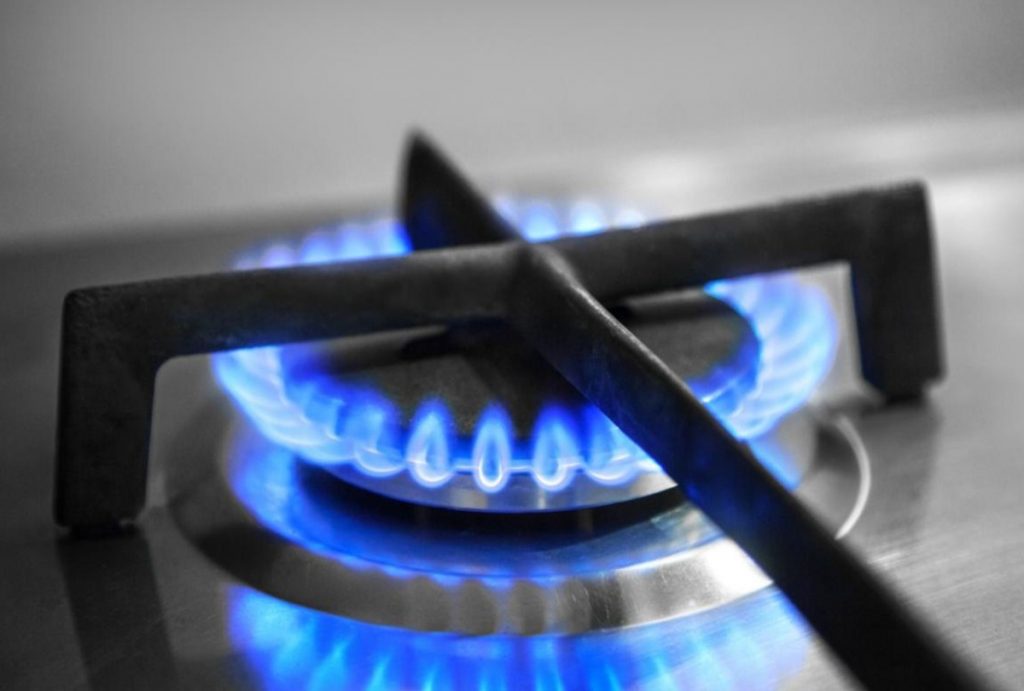US Natgas Prices Jump 10% On Lower Output, Higher Demand and Technical Buying


(Reuters) – U.S. natural gas futures soared about 10% on Tuesday on a decline in daily output, forecasts for more demand next week, long-term forecasts for a hotter-than-normal summer and what some analysts called a technical bounce.
Gas prices fell about 7% and closed below the 200-day moving average on Monday, which some analysts said likely prompted some technical traders to start buying gas.
“Sometimes technical traders have more power than the fundamental guys. There are times where there is not a lot of news and computers and algorithms can drive the prices up and down regardless of the fundamentals, and then ultimately the fundamentals start kicking in,” said Phil Flynn, an analyst at Price Futures Group.
Gas futures for June delivery on the New York Mercantile Exchange rose 31.4 cents, or 10.1%, to settle at $3.427 per million British thermal units. On Monday, the contract closed at its lowest since April 25.
That was the biggest daily gain for the front-month since early April when the contract also climbed a little over 10%.
In the short-term, analysts said heating and cooling demand should remain low across much of the country in coming weeks, allowing utilities to keep adding more gas into storage than normal for this time of year. Gas stockpiles were already around 3% above the five-year (2020-2024) normal.
But longer-term, the U.S. National Weather Service’s Climate Prediction Center projected temperatures would be above normal across the entire continental U.S. in June, July and August, with well above-normal heat expected in Utah and parts of surrounding states, southwest Texas and in the New England and Mid-Atlantic regions.
SUPPLY AND DEMANDFinancial firm LSEG said average gas output in the Lower 48 U.S. states fell to 103.9 billion cubic feet per day so far in May, down from a monthly record of 105.8 bcfd in April.
On a daily basis, output was on track to slide to a preliminary one-week low of 103.4 bcfd on Tuesday, down from 104.7 bcfd on Monday and an average of 104.1 bcfd over the prior seven days. Analysts noted preliminary data is often revised later in the day.
Energy traders noted those output reductions were due in part to maintenance on some gas pipes, including U.S. energy firm Kinder Morgan’s 2.7-bcfd Permian Highway from the Permian Basin in West Texas to the Texas Gulf Coast.
Kinder Morgan said it will perform a turbine exchange at the Big Lake compressor station from May 13-26 that will reduce mainline capacity to around 2.2 bcfd.
Traders have noted the Permian Highway and other pipeline work trapped some gas in the Permian Basin, causing spot gas prices at the Waha Hub in West Texas to drop to a negative $1.52 for Monday. Waha prices, however, rose to a positive 46 cents for Tuesday.
LSEG forecast average gas demand in the Lower 48, including exports, will drop from 98.8 bcfd this week to 95.1 bcfd next week. The forecast for next week was higher than LSEG’s outlook on Monday.
The average amount of gas flowing to the eight big liquefied natural gas export plants operating in the U.S. fell to 15.1 bcfd so far in May, down from a monthly record of 16.0 bcfd in April.
The LNG feedgas decline so far this month was mostly due to maintenance reductions at Cameron LNG’s 2.0-bcfd plant in Louisiana and Cheniere Energy’s 3.9-bcfd Corpus Christi plant under construction and in operation in Texas, and brief unplanned reductions at Freeport LNG’s 2.1-bcfd plant in Texas.
Reporting by Scott DiSavino; Editing by Andrea Ricci and Richard Chang
Share This:
energynow






